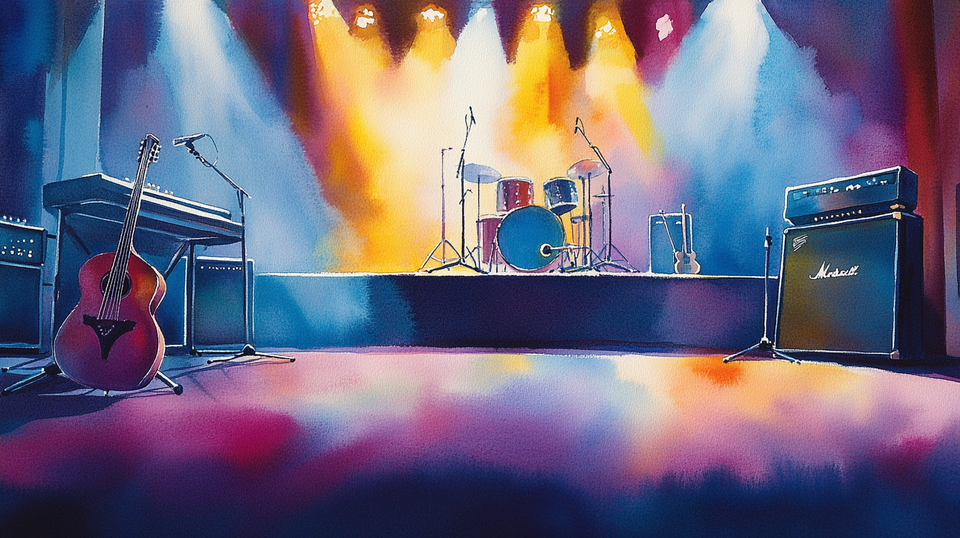Before The First Chord: Why The First 30 Seconds Of Worship Matter

There’s a moment in worship that carries more weight than we often realize. It’s not the key change in the bridge, not the crescendo at the end, and not even the call to worship before the band begins. It’s the first thirty seconds.
Why? Because those first thirty seconds tell the congregation what kind of space they’ve just stepped into.
Think about it. People arrive on Sunday morning from all kinds of weeks: parents dragging kids in half-dressed, workers worn down from long shifts, students carrying the weight of exams, the lonely walking into a crowd that feels overwhelming. In those opening moments, their hearts are still scattered. Their minds are still racing. Their posture toward God is often hesitant.
And then — worship begins.
If those first thirty seconds are rushed, cluttered, or careless, the room feels it. But if those moments are intentional, steady, and grounded, they open a door for people to breathe, to lift their eyes, to believe: “God is here, and I am invited.”
Here’s the danger for us as worship leaders: it’s easy to “wing it” in those moments. We step up unprepared, hoping inspiration will strike, feeling our way into the set. But while we’re busy trying to get ourselves comfortable, we may be distracting the congregation from settling into God’s presence. Those first seconds aren’t just for us to find our footing — they’re for us to guide others into worship.
So what does it look like to steward those first thirty seconds well?
- Choose words carefully. If you open with a scripture, let it breathe. If you open with a prayer, keep it short and spacious. Don’t overload people with information before they’ve even exhaled.
- Set pace over energy. Think about the posture you want to invite the room into — stillness, joy, gratitude, wonder — and let the first thirty seconds embody that tone. A rushed tempo or chatter from the mic communicates distraction.
- See people, not just songs. Take a moment to notice the congregation in front of you. This isn’t a performance; it’s a room full of lives. Lead like you’re shepherding, not entertaining.
- Prepare the opening. Don’t wing it. Pray. Plan. Write out a phrase if you need to. The Spirit can breathe through preparation as much as spontaneity.
- Trust the Spirit. The first thirty seconds aren’t yours to carry alone. Ask the Spirit to work before you say a word or play a note. Invite God’s presence to settle in ways your voice never could.
Over time, those opening moments can become one of the most formational parts of worship. They teach your church that worship isn’t about performance or polish, but about posture — turning hearts, even weary ones, toward God.
So next Sunday, before you strum the first chord or lift the first line, pause. Breathe. And remember: the way you begin tells the congregation where you’re going. Make sure the first thirty seconds lead to Him.




